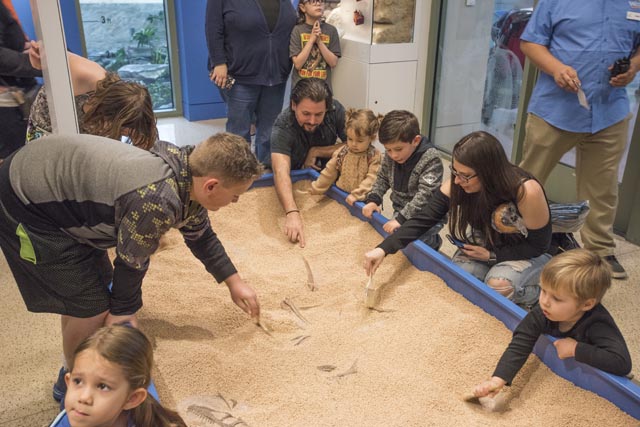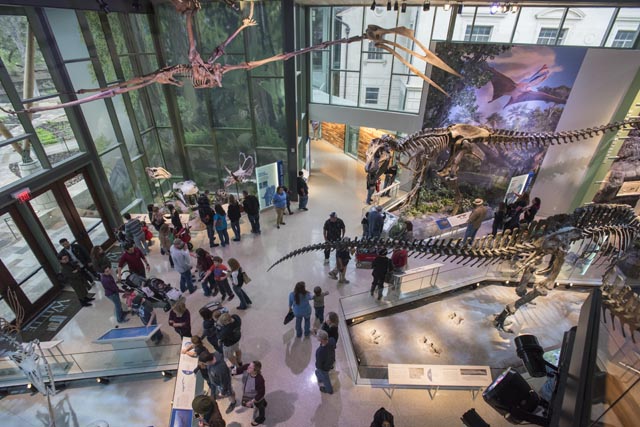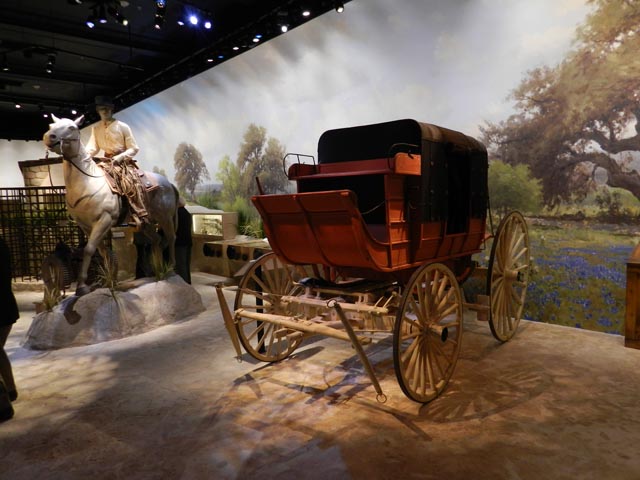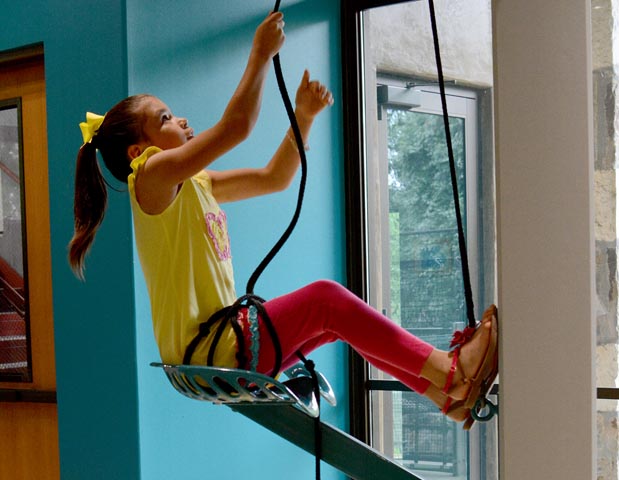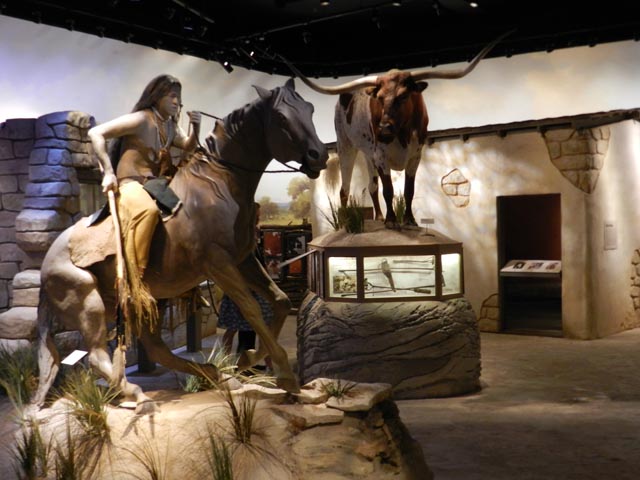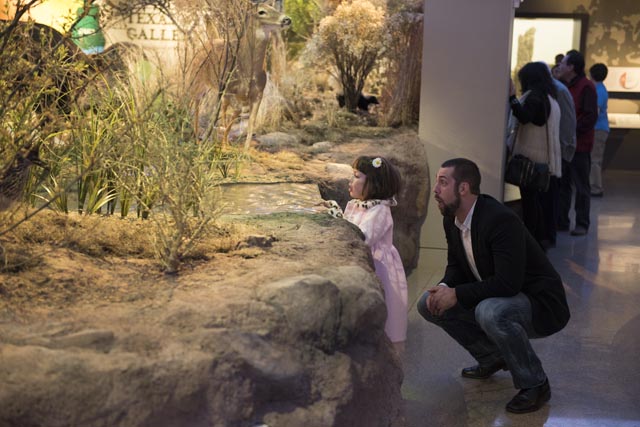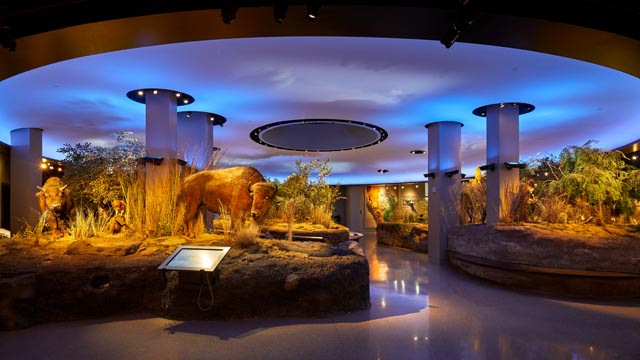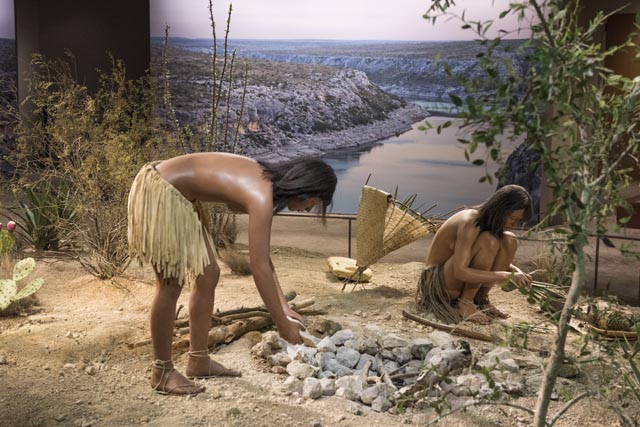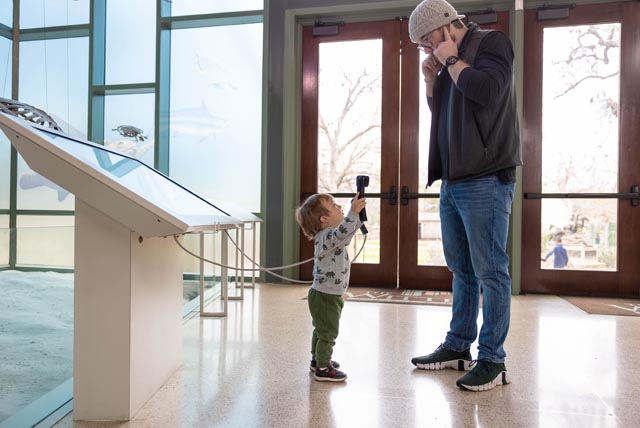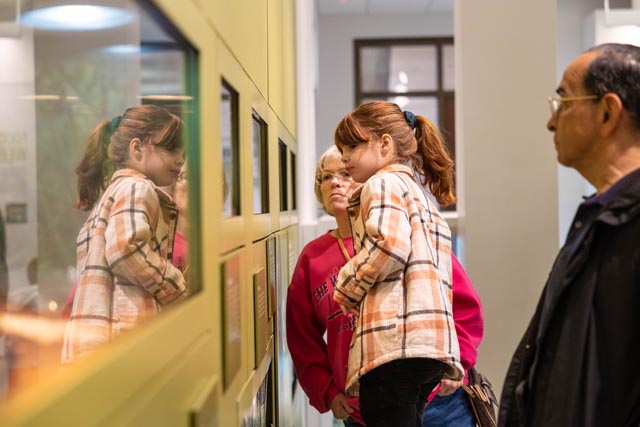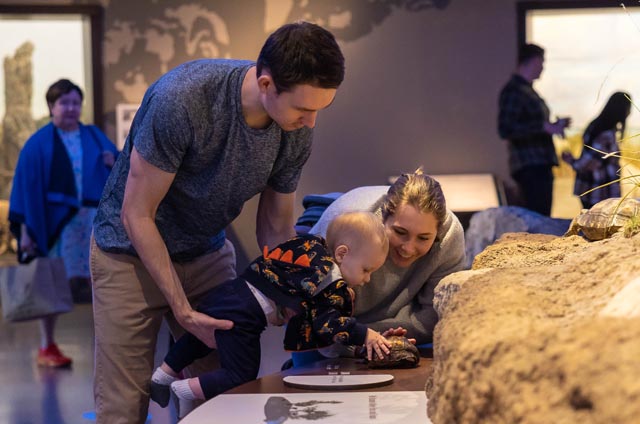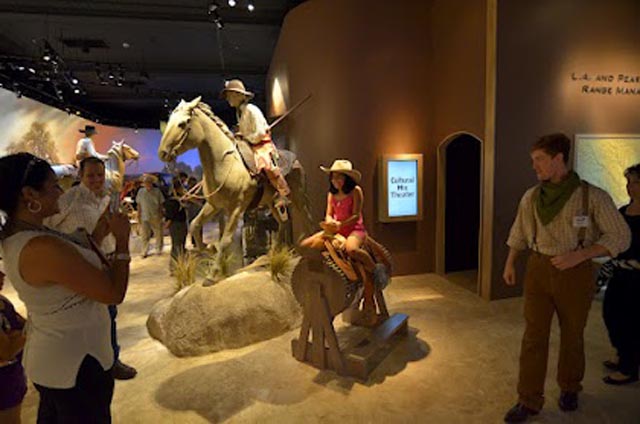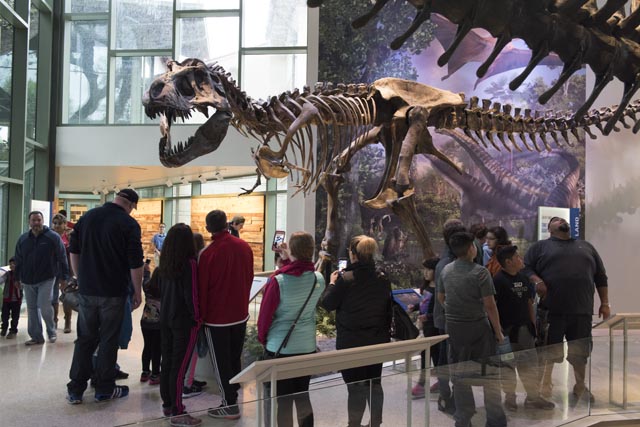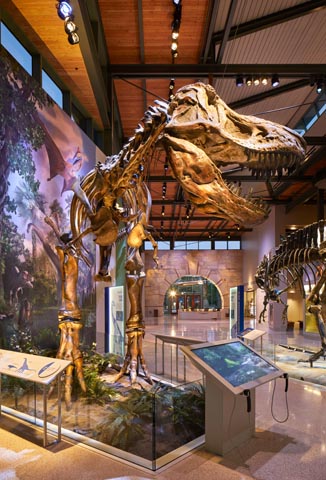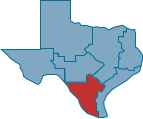Walk through South Texas history
A walk through the Robert J. and Helen C. Kleberg South Texas Heritage Center lets visitors experience more than 150 years of rapid change and growth in San Antonio and South Texas.
Exhibits trace the growth of urban and rural South Texas through the stories of those who lived here. The Center lets visitors stand in a bustling mid-1800s San Antonio plaza, then explore life on rural ranches and along cattle trails while learning about the forces that shaped the region and its people during a time of rapid growth and development.
Here's a look at how South Texas' past comes alive in the Center's key exhibit areas.
 |
| Indian Fighter |
South Texas freighters helped settle and supply the frontier. From New Orleans to Galveston to Mexico, and even California, freighters carried goods across the country in ox-drawn two-wheeled carts, or carretas. These entrepreneurs were the long-haul truckers of their day, crossing rough roads through remote country and encountering bandidos, or bandits, along the trade routes.
Main Plaza was the heart of San Antonio and eventually became the commercial hub of Texas as the city was the largest in the state for more than 100 years. Interactive exhibits transport visitors to the city center in the mid-1800s, allowing them to learn more about the people who worked in and frequented the churches, shops, hotels, street vendors, dance halls and saloons that lined the city streets. A recreated general store within the Center gives a feel of the hustle-and-bustle of commerce on Main Plaza.
As the largest city in Texas for more than 100 years, San Antonio had an international appeal, drawing people from around the world. On any given San Antonio plaza, a chili queen might be selling her wares next to a German food vendor as Comanche tribesmen wander past (the Center displays a life-size figure of a Comanche astride his horse and a Comanche headdress in all its splendor, representing what was the most powerful culture in early South Texas history).
 |
| Spur |
Conflict was a defining theme of South Texas development. With the borders of early South Texas constantly changing and different cultures coming together, conflicts were bound to arise. The Center explains the challenges of law enforcement in this rough-and-tumble environment, telling the story through artifacts ranging from mobile jails to restraining devices. In Austin’s colony and the Republic of Texas, civilians organized to enforce law and order and to provide protection from Indian raids. These men were called Rangers, later becoming the Texas Rangers.
Landscapes were transformed as technology aided the ever-growing need for water and energy sources. Farmers and ranchers started using windmills in the 1870s, allowing them to tap into underground water sources and, with reliable water, increase the productivity of their land.
 |
| Spring Scene - Hill Country Ranch |
South Texas travelers traded trails and dirt roads for trains and paved highways in a 50 year span. Pickup trucks began replacing wagons in the early 1900s. Efforts to aid farmers in getting their products to market led to the rise of farm-to-market roads. Starting in 1936, these roads literally paved the way for farmers and ranchers to transport their products efficiently. Today there are more than 41,000 miles of Farm to Market Roads in Texas.
When oil and gas deposits were discovered, the transformation accelerated. Major oil finds were made in South Texas in the 1930s, long after gasoline powered vehicles were common in South Texas. South Texas was a proving ground for new seismographic technology that accelerated exploration of oil and gas with safer, more precise and less invasive methods of detecting deposits.
Oil would eventually change the lives of all Texans and would provide the means for many to preserve the Texas ranch lifestyle.
Throughout the Center, stories of the people who lived in this remarkable time bring the past to life, accentuating the artifacts by showing how people truly lived in the early settlements of South Texas.






 Cart
Cart
